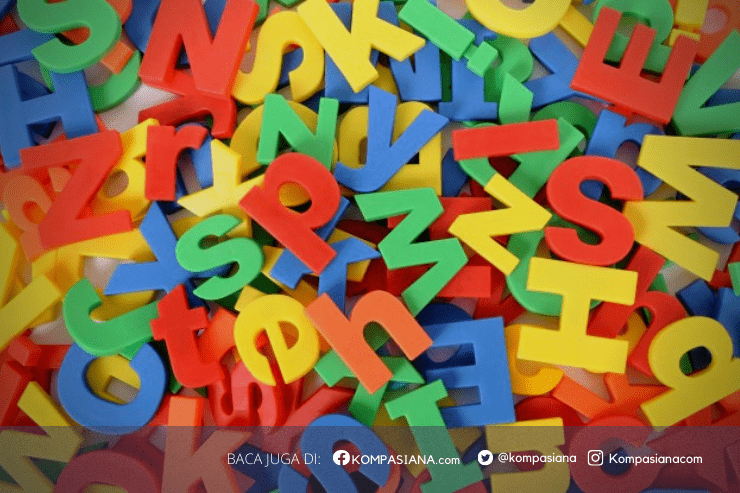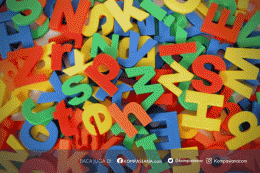Body Language: There are no facial cues to signal discomfort or agreement.
Physical Setting: The shared environment that often reinforces formality or informality is gone.
This forces High-Context communicators to rely on the Low-Context medium, often leading to messages that seem either too vague or, conversely, artificially blunt as they overcompensate for the lack of non-verbal cues (Hall, 1976).
The Emoji Minefield and The Rise of Digital Subcultures
The most fascinating new area of conflict is the explosion of non-verbal digital cues, particularly emojis. As Bima discovered, these little icons are far from universal.
The "Waving Hand" emoji is used to say "hello" or "goodbye" globally, but in some professional circles, it's seen as overly informal, almost childish.
The "Clapping Hands" emoji is generally positive, yet in certain Asian cultures, it can be interpreted as disruptive or attention-seeking when used excessively.
Even the innocuous "Smiling Face with Open Mouth" can be interpreted as a polite, distant smile in some Asian digital communities, where a more exuberant face (like the "Laughing Face" emoji) is needed to signal genuine joy.
These conflicting interpretations demonstrate the birth of digital subcultures---distinct groups (often spanning geographical borders but united by age or platform) that develop their own lexicon of symbols and speed-of-light abbreviations. A Generation Z user on TikTok in London might communicate perfectly with a Gen Z user on TikTok in Rio, while both struggle to communicate with their Gen X managers down the hall.
This also fuels the problem of cultural appropriation and digital stereotyping. Memes, which are highly context-dependent, often rely on and spread simplified, sometimes harmful, stereotypes about particular national or ethnic groups, circulating globally in seconds before any meaningful correction can take place (Baym, 2015).
The Double-Edged Sword: When Digital Bridges Gaps







